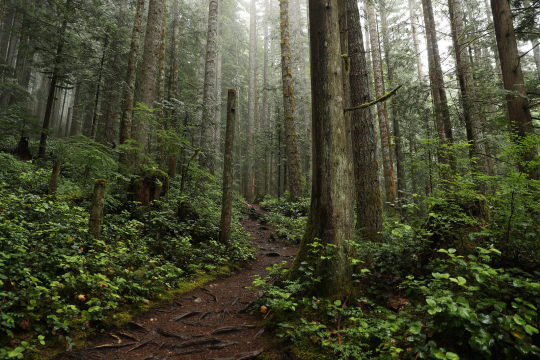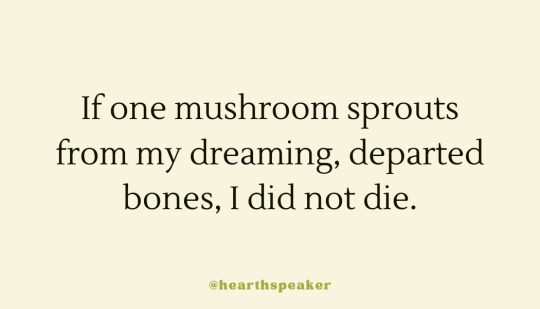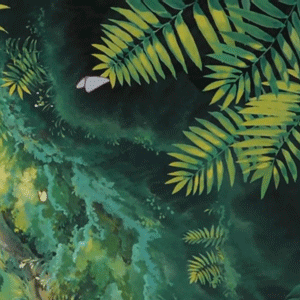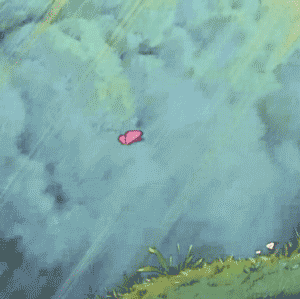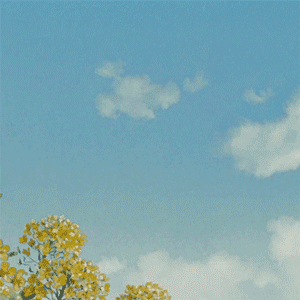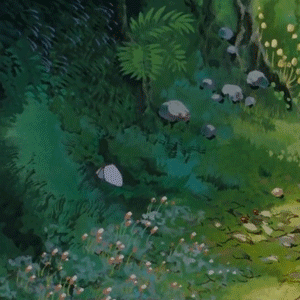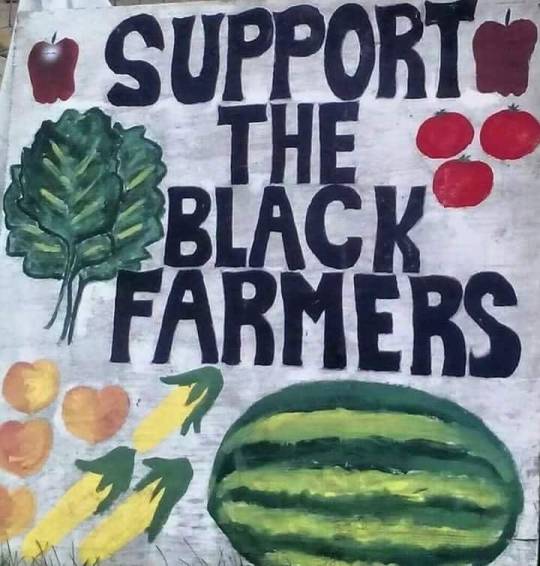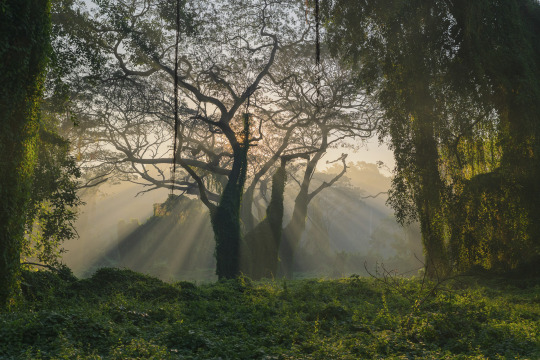Text
Sky Burial: Learning from Ancient Deathcare Practices II

As discussed in Part I of our Sky Burial discussion, the ancient practice of sky burial, also known as celestial burial, is observed in various parts of the world today. Embodied by Zoroastrians and Tibetan Buddhists in regions like India, Bhutan, Mongolia, and China, this sacred ritual involves placing the departed on elevated sites where vultures and other scavenging birds consume the remains. Seen as an act of charity and respect for the natural cycle of life and death, sky burial holds deep spiritual significance. In the realms of Tibetan Buddhism and Zoroastrianism, the body is regarded as a mere vessel while the soul embarks on its journey to the afterlife. The act of giving one's body back to nature through sky burial is viewed as a gift, symbolizing respect for the sacred cycles of existence. Vultures, considered sacred carriers of the soul, play an integral role in this transcendent passage, forging a profound connection between the ritual and the spiritual realms. By embracing this ancient tradition, communities honor their departed loved ones while minimizing their ecological impact. It serves as a niche example of a sustainable and environmentally friendly alternative.
However, the convergence of reverence in Hinduism for sacred cows and the use of veterinary medication for their care on vulture populations historically created a complex layer to the preservation of this time-honored tradition and the delicate ecological balance.
In Hindu dominated areas of the world, cows are cared for well into their elder years. As they age, veterinarians would often administer pain killers to relieve ailments in the elderly cattle. The administration of veterinary medications, particularly non-steroidal anti-inflammatory drugs (NSAIDs) such as diclofenac, inadvertently sets off a chain of ecological repercussions. When vultures feed on the carcasses of medicated livestock, they face toxic effects, leading to kidney failure and devastating consequences for these majestic scavengers. This unforeseen connection highlights the urgent need for sustainable solutions that preserve both cultural practices and the delicate balance of the natural world.
Within this intricate landscape, the convergence of sacred cows and the decline of vultures poses a captivating challenge. Sacred cows hold immense reverence in various cultures, symbolizing a profound respect for life and abundance. The compassionate care extended to these gentle beings often involves the use of veterinary medications, intended to alleviate their suffering. However, life reveals the unintended consequences of our actions, with vultures, the custodians of the sky burial ritual, bearing the brunt of this unintended harm.
The exponential growth of urban populations and the prevalent use NSAIDS across South Asia and the Middle East decimated the indigenous vulture population by a staggering 97%. The collateral effect on sky burial practices has necessitated adaptations. Solar cremation has emerged as a substitute, allowing communities to preserve their ancestral customs while addressing the urgent need for vulture conservation. Concurrently, concerted efforts are being made by religious authorities to repopulate these endangered avian species.
Preserving the delicate interplay between cultural traditions, care for pets, and other domesticated animals, and environmental conservation demands ingenuity, collaboration, and unwavering dedication. Enlightening communities about the ecological impact of bovine medications on vultures becomes crucial. By fostering understanding and promoting vulture-safe alternatives like meloxicam, the gap the Himalayan Vulture population collapse was prevented. The case stands as a testament to the cascading effects that human intervention can have on conservation.
#life after life#conservation#sustainability#green burial#biodiversity#symbiosis#transcend#one last good deed#natural burial#parks for life#sky burial#zoroastrianism#sacred cows#vultures#veterinary
5 notes
·
View notes
Text
Should we take this to the park?
#life after life#conservation#sustainability#green burial#biodiversity#symbiosis#transcend#one last good deed#natural burial#parks for life#we build parks#living memorial#urban green space
2 notes
·
View notes
Link
““The Great Pacific Garbage Patch can now be cleaned,” announced Dutch entrepreneur Boyan Slat, the wonderkid inventor who’s spent a decade inventing systems for waterborne litter collection.
Recent tests on his Ocean Cleanup rig called System 002, invented to tackle the 1.8 trillion pieces of plastic pollution, were a success, leading Slat to predict that most of the oceanic garbage patches could be removed by 2040.
Intersections of ocean currents have created the massive floating islands of plastic trash—five slow-moving whirlpools that pull litter from thousands of miles away into a single radius.
The largest one sits between California and Hawaii, and 27-year-old Slat has been designing and testing his systems out there, launching from San Francisco since 2013.
GNN has reported on his original design for the floating device, but his engineering team improved upon it. System 002, nicknamed “Jenny,” successfully netted 9,000 kilograms, or around 20,000 pounds in its first trial.
It’s carbon-neutral, able to capture microplastics as small as 1 millimeter in diameter, and was designed to pose absolutely no threat to wildlife thanks to its wide capture area, slow motion, alerts, and camera monitors that allow operators to spy any overly-curious marine life…
Slat estimates ten Jennies could clean half the garbage patch in five years, and if 10 Jennies were deployed to the five major ocean gyres, then 90% of all floating plastic could be removed by 2040.” -via Good News Network, 10/19/21
76K notes
·
View notes
Text
5K notes
·
View notes
Text

Anastasia Trusova, “Lace over the river”
Acrylic on canvas / 60 x 70 cm / 2022
31K notes
·
View notes
Text
Uniting Patriotism and Sustainability: Embracing Eco-Friendly Practices on the Fourth of July
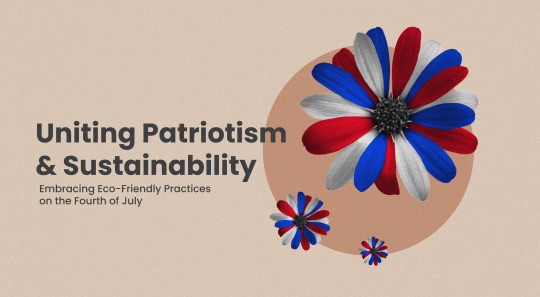
As we approach the Fourth of July, a day of celebration, patriotism, and fireworks, it's important to remember that our actions can extend beyond celebrations and make a positive impact on our environment. This year, let's celebrate our independence with a conscious twist by embracing sustainable practices.
The Fourth of July is a time for barbecues and cookouts, but it's essential to make mindful choices when it comes to food and beverages. Select locally-sourced, organic options to support local farmers and reduce the carbon footprint associated with long-distance transportation. Embrace seasonal produce and create delectable dishes that celebrate the flavors of summer. Encourage guests to bring reusable containers for leftovers, reducing food waste and promoting sustainability beyond the celebration.
While fireworks bring excitement to the night sky, they also contribute to air and noise pollution. The unfortunate reality is that the fleeting enjoyment of fireworks releases a spectrum of contaminants that affect air quality and can contribute to climate change. These include carbon dioxide, carbon monoxide, nitrogen, sulfur dioxide, and particulate matter. Further, the loud explosions can be traumatizing and even dangerous for animals. This year, let's explore sustainable alternatives. Consider LED lights, biodegradable lanterns, or light shows that provide mesmerizing visual displays without compromising the environment. If fireworks are a big part of your 4th of July celebration, attending professionally organized community fireworks displays ensures responsible usage and adherence to safety regulations, while minimizing individual environmental impact.
Let your creativity flourish as you adorn your Fourth of July party space. Embrace sustainable decoration ideas by repurposing materials or opting for eco-friendly alternatives. Create vibrant decorations using recycled paper or cardboard, showcasing your artistic skills while reducing waste. Choose biodegradable balloons or invest in reusable bunting made from organic fabrics, adding a touch of eco-chic to your celebrations. After the festivities, store your decorations for future use, ensuring their longevity and minimizing unnecessary waste.
Harness the spirit of the Fourth of July to educate and inspire others about sustainable practices. Spark conversations about environmental stewardship and share knowledge about simple actions that can make a difference. Organize interactive activities, such as recycling workshops or nature-themed games, to engage guests and foster a sense of responsibility towards our planet. By empowering others, we can create a ripple effect of positive change.
This Fourth of July, let's unite our love for our country with our commitment to the planet. By incorporating sustainable practices into our celebrations, we can demonstrate that patriotism and eco-consciousness go hand in hand. Let's savor delicious, locally-sourced food, revel in visually stunning, sustainable alternatives to fireworks, and decorate with creativity and sustainability in mind. Together, we can create a Fourth of July that shines brightly while leaving a lasting positive impact on our environment.
Check out our Pinterest’s “Sustainable Fourth of July” Board for inspiration and tips! (@lifeafterlifeparks)
#life after life#fourth of july#july fourth#sustainability#eco-friendly#sustainable holiday#green living#green holiday#we build parks
0 notes
Video
youtube
Yup, it’s time for Caitlin again, and some information on green burials – and composting.
Farmers were composting the bodies of cattle, before we started learning to compost humans, and was the inspiration for it Stateside, with Katrina Spade.
In 2015, her experiments began.
Now, we have Recompose Life in Washington.
They’ve made a ritual out of putting the body into the recompose vessel, so that there is a touch of the personal and care for the person, at the end. Music is played, there is a laying of plants and wood chips, a slide show could be involved – they make sure to personalize it as best they can.
The dead spend a month in the vessel.
Also – for those with a fear of being buried alive, good news! You won’t “die” in the vessel! You’ll be warm, cozy, and have plenty of air. They’ll let you out if you knock. The only thing that makes the decomposing process start is, well, being dead.
It goes on to show what some of this human compost is being used for – notably, helping out salmon, which was not what I was expecting.
11 notes
·
View notes
Text
youtube
Should we take this to the park?
#life after life#conservation#green burial#sustainability#biodiversity#one last good deed#natural burial#parks for life#we build parks#living memorial#aquamation#tree burial#mushroom burial#think long term#green space#city park#Youtube
0 notes
Text
Smoke and the City: When Canadian Wildfires Shrouded New York City in Smoke

Climate change fueled disasters have a way of transcending geographical boundaries, reminding us of the interconnectedness of our world. On June 7th, 2023, the devastating wildfires that ravaged Canada had an unexpected impact on the bustling metropolis of New York City, located thousands of miles away.
This year, Canada experienced an unprecedented wildfire season, fueled by a combination of dry conditions and high temperatures. These fires rapidly spread across vast forested areas, including provinces such as Quebec and Ontario. The scale and severity of these wildfires prompted widespread concern and emergency response efforts.
As June’s wildfires continued to burn, large plumes of smoke and ash were released into the atmosphere. These plumes were carried by prevailing winds and a unfortunately timed low pressure system across great distances, eventually reaching major metropolises of the northeastern region of North America, including New York City. The air quality in affected areas deteriorated significantly, posing risks to human health and the environment. Parts of the city measured AQI (Air Quality Index) ratings of upwards of 468, which is considered extremely hazardous.
The Life After Life team in NYC experienced the event firsthand, waking up to a skyline veiled in an unusual haze. The smoke particles suspended in the air created an eerie ambiance, obscuring the sun and casting a muted glow over the city. This phenomenon resulted in reduced visibility and a distinct change in the usual appearance of the urban landscape. Our co-founder, Shaily Patil, shares her experience with us about this day:
"At around 2 p.m. when the visibility and air quality were at their worst. Breathing became extremely difficult, and everyone had to wear masks once again. After stepping outside for just 10 minutes, my eyes were burning for about 2 hours upon returning indoors. I am still coughing a couple days out, and I am quite certain it is a result of that brief exposure. I had never witnessed anything like it before in my life."
She continued,
"This may be the first occurrence, but certainly won't be the last. I hope it serves as a wake-up call for people. We must all remember that regardless of who is causing harm to the planet and where it is happening, climate change is not an isolated event. Its repercussions are, and will be, experienced worldwide."
Fine particulate matter, known as PM2.5, is a major component of wildfire smoke and is associated with respiratory problems, cardiovascular issues, and increased susceptibility to respiratory infections. The elderly, children, and individuals with pre-existing respiratory conditions were particularly vulnerable.
The Canadian wildfires and the subsequent transportation of smoke particles to New York City highlighted the far-reaching environmental consequences of such events. The additional carbon emissions and pollutants released into the atmosphere exacerbate climate change, with potential long-term implications for weather patterns, ecosystems, and global warming.
The wildfires in Canada serve as a stark reminder of the interconnectivity of our world. Even though New York City was geographically distant from the disaster, it felt the reverberations through the atmospheric transport of smoke and ash. The impact on air quality and daily life highlighted the vulnerability of urban centers and the urgent need for collective action to address climate change and mitigate the risks posed by natural disasters. Together, we wade further into the climate change disaster slowly with a more tangible realization of exactly how the consequences of such events will extend beyond their immediate locations, necessitating global cooperation and proactive measures to protect our planet and its inhabitants.
#nyc#nyc smoke#canadian wildfires#canadian wildfire smoke#smoke and the city#life after life#brooklyn#symbiosis#air pollution#conservation#green burial#sustainability#biodiversity#transcend#one last good deed#natural burial#parks for life#we build parks#living memorial
1 note
·
View note

